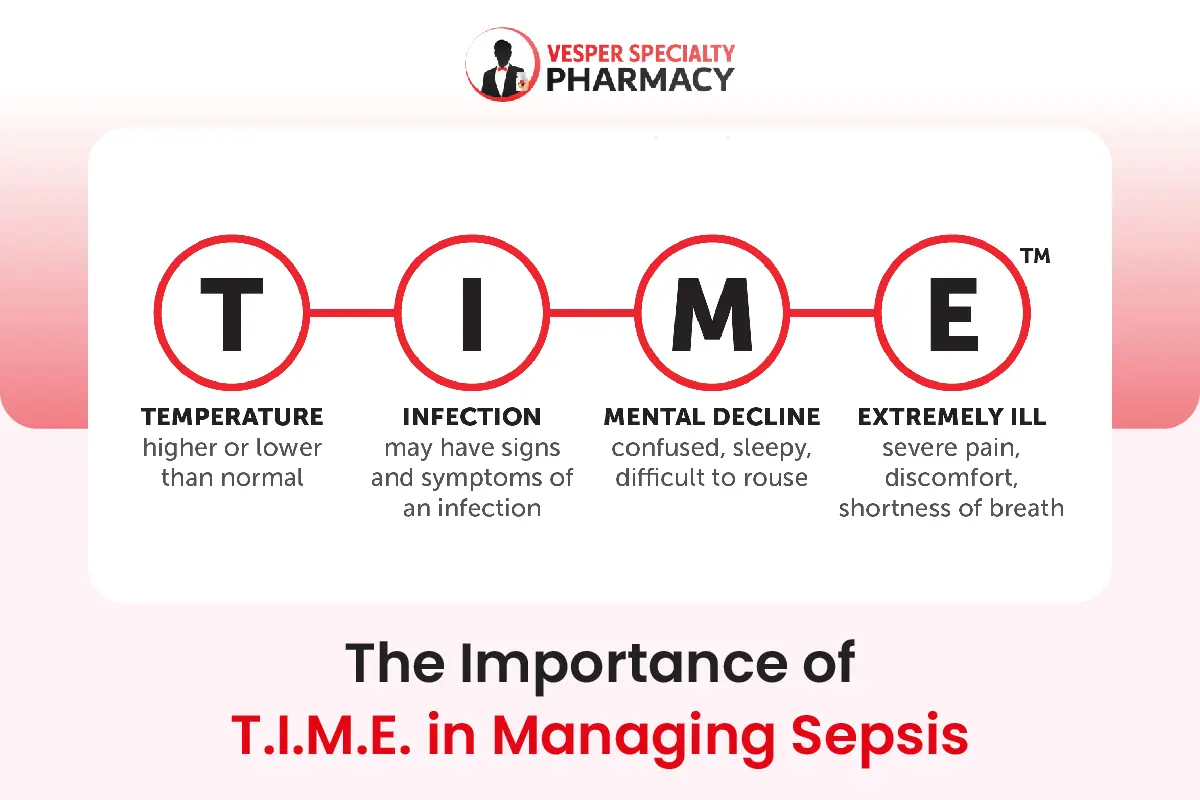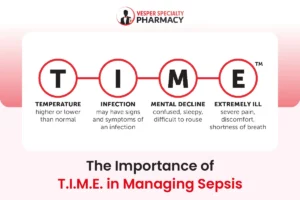Insulin therapy is a crucial aspect of managing diabetes mellitus. Understanding the nuances of insulin therapy can significantly improve outcomes for individuals with diabetes. In this comprehensive guide, we’ll delve into the intricacies of insulin therapy management, covering everything from types of insulin to administration techniques and monitoring strategies.
Table of Contents
What Is Insulin?
Insulin is a hormone produced by the pancreas, a gland located behind the stomach. It plays a crucial role in regulating blood sugar levels in the body. When you eat, your body breaks down carbohydrates into glucose, which enters the bloodstream.
In response to rising blood sugar levels, the pancreas releases insulin to help cells absorb glucose and use it for energy. This process keeps blood sugar levels within a healthy range. Insulin also helps store excess glucose in the liver and muscles for later use.
In individuals with diabetes, either the body does not produce enough insulin (as in type 1 diabetes) or the cells become resistant to the effects of insulin (as in type 2 diabetes), leading to high blood sugar levels. Insulin therapy, either through injections or insulin pumps, is often used to manage diabetes and regulate blood sugar levels.
What is Diabetes?
Diabetes is a chronic condition that affects how your body processes glucose, leading to high blood sugar levels. There are two main types of diabetes: type 1 and type 2.
Type 1 Diabetes
Type 1 diabetes occurs when the immune system mistakenly attacks the insulin-producing cells in the pancreas. This results in little to no insulin production, requiring individuals to take insulin injections to regulate their blood sugar levels.
Type 2 Diabetes
Type 2 diabetes develops when the body becomes resistant to insulin or doesn’t produce enough insulin to maintain normal blood sugar levels. It is often linked to lifestyle factors such as poor diet, lack of exercise, and obesity.
There Are 4 Diagnosis System of Diabetes
Diabetes can be diagnosed through various tests, including:
- Fasting blood sugar test
- Oral glucose tolerance test
- Hemoglobin A1c test
- Random blood sugar test
If you experience symptoms of diabetes or have risk factors, it’s essential to consult a healthcare professional for proper diagnosis and treatment.
Diabetes Treatment Options
Managing diabetes involves a combination of lifestyle changes, medication, and monitoring. Here are some common treatment options:
Medication
Medications such as insulin, metformin, sulfonylureas, and SGLT2 inhibitors may be prescribed to help lower blood sugar levels and improve insulin sensitivity.
Diet and Nutrition
Following a healthy diet rich in fruits, vegetables, whole grains, and lean proteins can help regulate blood sugar levels and maintain a healthy weight. Limiting the intake of sugary and processed foods is also essential.
Physical Activity
Regular exercise is key to managing diabetes as it helps lower blood sugar levels, improve insulin sensitivity, and maintain a healthy weight. Aim for at least 150 minutes of moderate-intensity exercise per week.
Blood Sugar Monitoring
Monitoring blood sugar levels regularly allows individuals to track their progress and make necessary adjustments to their treatment plan. This can be done using a blood glucose meter or continuous glucose monitoring system.
Complications of Diabetes
Uncontrolled diabetes can lead to various complications, including:
- Cardiovascular disease
- Nerve damage (neuropathy)
- Kidney damage (nephropathy)
- Eye damage (retinopathy)
- Foot damage
- Skin conditions
Preventing Complications of Diabetes
Preventing complications involves effectively managing blood sugar levels and adopting a healthy lifestyle. Here are some tips:
- Follow a balanced diet
- Stay physically active
- Take medications as prescribed
- Monitor blood sugar levels regularly
- Quit smoking
- Manage stress levels
There Are 4 Types of Insulin
Rapid-Acting Insulin
Rapid-acting insulin, such as insulin lispro and insulin aspart, is designed to mimic the body’s natural insulin response to meals. Its quick onset and short duration make it ideal for managing postprandial glucose spikes.
Short-Acting Insulin
Short-acting insulin, like regular insulin, has a slightly slower onset compared to rapid-acting insulin but still provides effective glucose control for meals.
Intermediate-Acting Insulin
Intermediate-acting insulin, such as NPH insulin, has a more prolonged duration of action, making it suitable for maintaining blood sugar levels between meals and overnight.
Long-Acting Insulin
Long-acting insulin, including insulin glargine and insulin detemir, provides basal insulin coverage with a relatively steady release over an extended period, offering consistent glucose control throughout the day and night.
Insulin Administration Techniques
Subcutaneous Injection
Subcutaneous injection is the most common method of insulin administration. It involves injecting insulin into the fatty tissue just beneath the skin using a syringe, pen, or pump. Proper injection technique, rotation of injection sites, and needle disposal are essential for optimal insulin absorption and minimizing injection site reactions.
Insulin Pump Therapy
Insulin pump therapy offers continuous subcutaneous insulin infusion through a small device worn on the body. It delivers rapid-acting insulin in precise doses according to programmed basal rates and bolus calculations, providing flexibility in insulin delivery and mealtime dosing.
Inhaled Insulin Therapy
Inhaled insulin provides an alternative to injectable insulin for mealtime dosing. It is delivered through a handheld inhaler and absorbed rapidly through the lungs, offering convenience for individuals who prefer non-injectable insulin delivery methods.
Monitoring Blood Glucose Levels
Self-Monitoring of Blood Glucose (SMBG)
SMBG involves regularly testing blood glucose levels at home using a glucometer. It helps individuals with diabetes track their blood sugar levels and make informed decisions regarding insulin dosing, dietary choices, and physical activity.
Continuous Glucose Monitoring (CGM)
CGM systems continuously monitor interstitial glucose levels throughout the day and night, providing real-time data on glucose trends and patterns. CGM devices offer valuable insights into glycemic control and help adjust insulin therapy to optimize blood sugar management.
Conclusion
Effective insulin therapy management is essential for achieving optimal glycemic control and preventing diabetes-related complications. By understanding the types of insulin, mastering insulin administration techniques, monitoring blood glucose levels, and implementing comprehensive diabetes management strategies, individuals with diabetes can lead healthier and more fulfilling lives. With the right knowledge, support, and resources, diabetes management becomes a manageable journey towards improved health and well-being.















